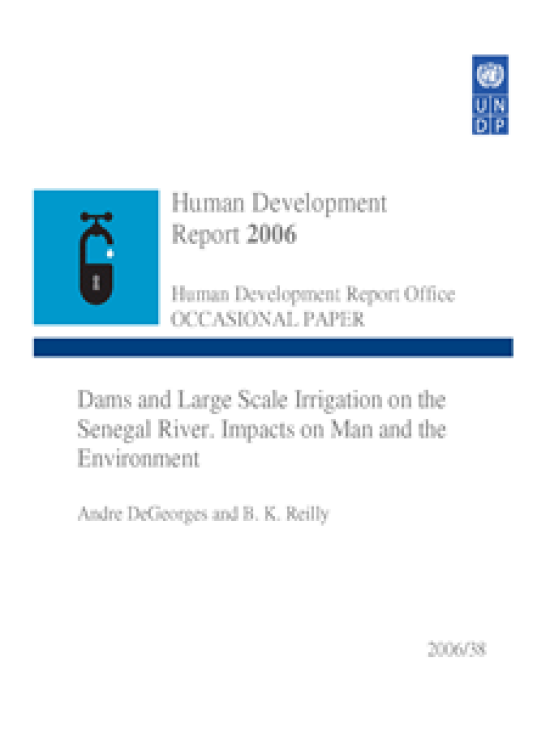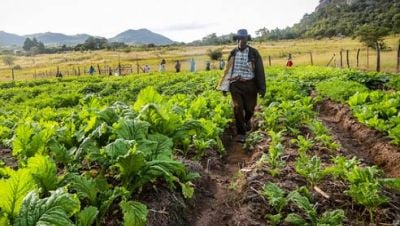Dams and Large Scale Irrigation on the Senegal River
Impacts on Man and the Environment

Download Report by Language
Document
degeorgesandre.pdf
(1.43 MB)
Citation
DeGeorges, Andre, Reilly, B.K.. 2006. Dams and Large Scale Irrigation on the Senegal River: Impacts on Man and the Environment. New York.
Dams and Large Scale Irrigation on the Senegal River
Impacts on Man and the Environment
Posted on: January 01, 2006
A case study is presented of the processes that led to and consequences from the construction of the Diama antisalinity barrage and Manantali Dams on the Senegal River. Constraints to large scale irrigation were not adequately taken into account, while to date planned artificial floods to assure the continuation of traditional production systems (e.g., recession agriculture, freshwater fish production, estuarine/marine fishery nursery grounds and dry season forage) have been inadequate in both magnitude and duration. An environmental assessment identified most of the adverse impacts and recommended mitigative actions including the modeling of controlled floods. The consequences of ignoring and/or inappropriate mitigation resulted in the displacement of 10-11,000 people behind the Manantali dam with inadequate and less fertile lands, as well as adverse impacts on traditional downstream production systems used by between 500-800,000 people resulting in conflicts between traditional herders and farmers, and nearly war between Mauritania and Senegal. In addition, large scale commercial irrigation tended to turn peasant farmers into sharecroppers for local and outside elites. The majority of rural inhabitants are worse off as the result of this development program; under-nourishment, malnutrition, out-migration and remittances being prevalent. These are a common problems associated with dams across Sub- Saharan Africa, especially where floodplain ecosystems are dominant.

